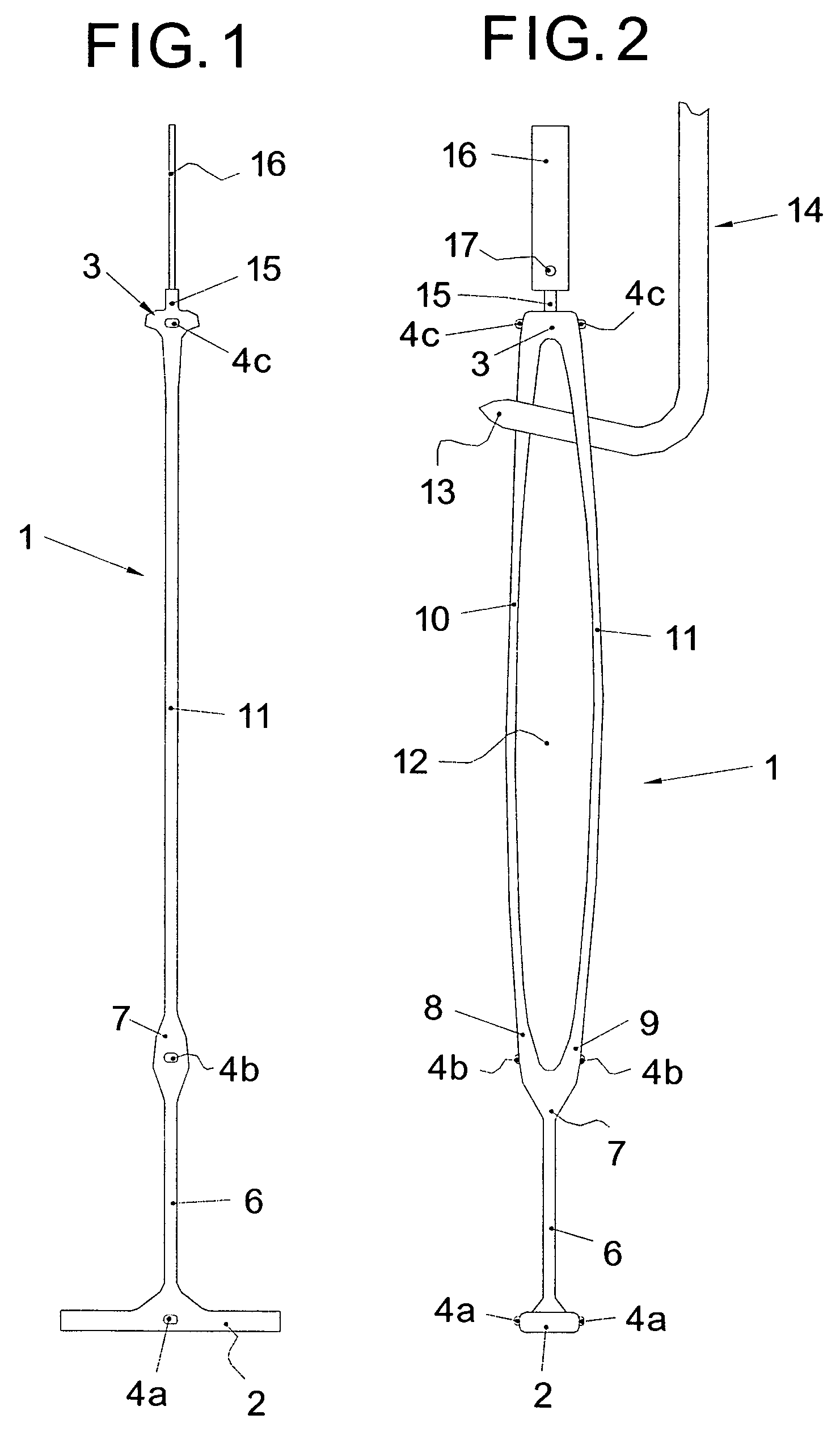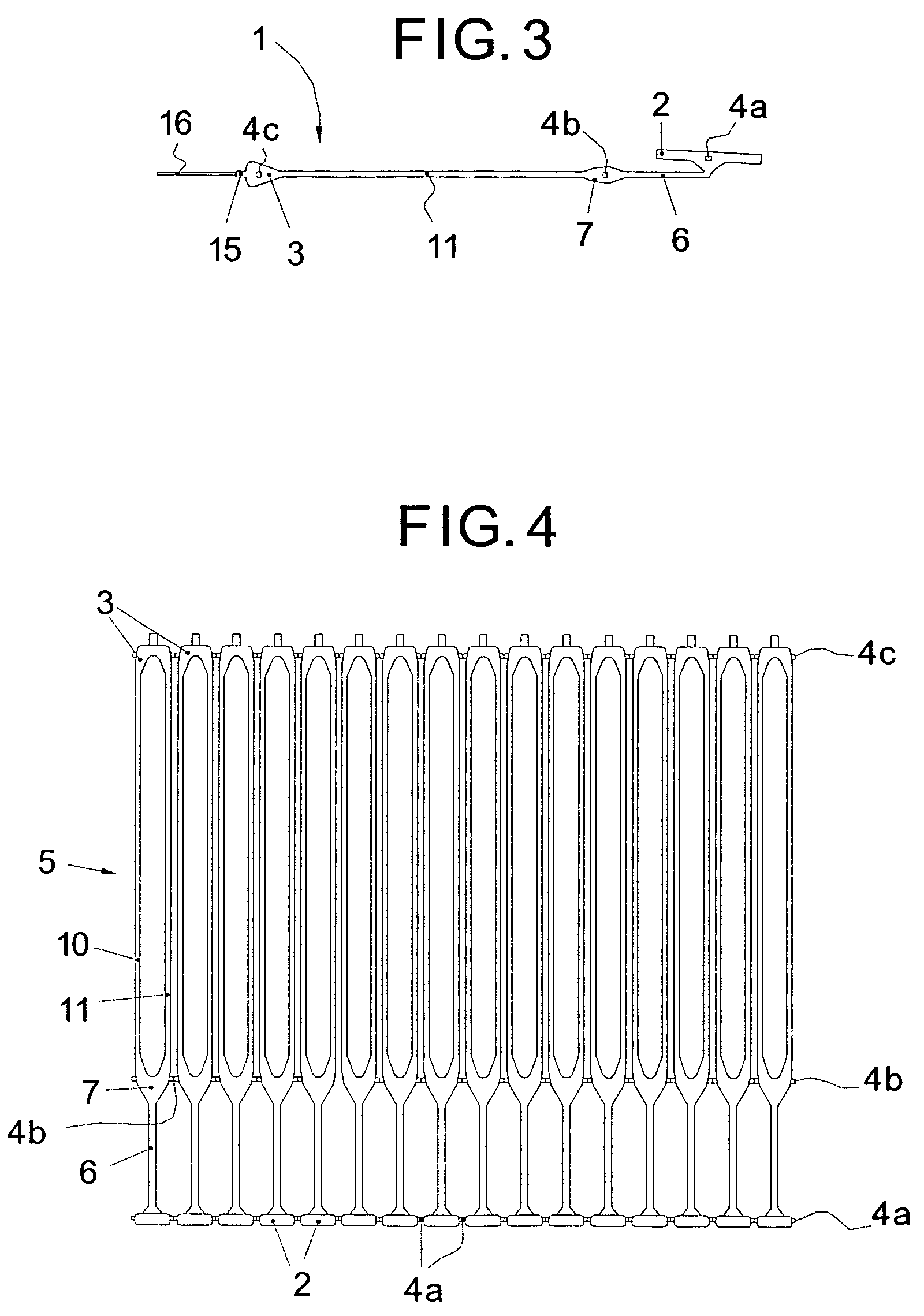Hanging element
a technology of hanging objects and hanging plates, which is applied in the field of hanging plates, can solve the problems of additional work for the personnel handling the products, increased labor costs, and high probability of mites, bacteria, and accumulated dirt entering the products, and achieves the effect of facilitating rapid identification of hanging objects
- Summary
- Abstract
- Description
- Claims
- Application Information
AI Technical Summary
Benefits of technology
Problems solved by technology
Method used
Image
Examples
Embodiment Construction
[0038]The preferred use of the hanging element for the invention is described below using the drawings attached to this report.
[0039]The hanging element is illustrated as an example and is mainly used to hang food products such as pieces of meat, cured hams, although it is likely to also be used in any other application which requires hanging a lighter or heavier object so that it remains suspended.
[0040]The hanging element illustrated in figures one and four basically include an extended body both referred to (1) in the drawings. This extended body (1) has a first end or insertion body (2) on its lower section. This may be adapted to be inserted into the piece to be hung up, for example a piece of ham, a piece of meat, sausages, cured hams, etc as indicated above.
[0041]Inserting the hanging element (1) is by using an application gun (not shown), which does not form part of this invention.
[0042]The insertion body (2) is initially T-shaped as can be seen in the side elevation in FIG....
PUM
 Login to View More
Login to View More Abstract
Description
Claims
Application Information
 Login to View More
Login to View More - R&D
- Intellectual Property
- Life Sciences
- Materials
- Tech Scout
- Unparalleled Data Quality
- Higher Quality Content
- 60% Fewer Hallucinations
Browse by: Latest US Patents, China's latest patents, Technical Efficacy Thesaurus, Application Domain, Technology Topic, Popular Technical Reports.
© 2025 PatSnap. All rights reserved.Legal|Privacy policy|Modern Slavery Act Transparency Statement|Sitemap|About US| Contact US: help@patsnap.com



